As we are just over a month away from the Tudors & Stuarts 2023 History Weekend, I thought I would use part of the blog this week and next week to feature some of our great speakers, as well as highlight how much funds from these Weekends has aided students studying Kent history and archaeology through the Ian Coulson Memorial Fund.
However, before I do that, I’m going to work chronologically and therefore start with the Middle Ages. Hence, I thought I would mention that Dr Andrew Richardson and I are helping Maidstone Museum to create a new exhibition there. Andrew has been working with Samantha Harris and Lyn Palmer already on the Anglo-Saxon section and now we are looking in detail at the Museum’s extensive holdings for the medieval period. Overall, the idea is to cover humans in Kent from earliest times up to about 1550 using five broad sets of themes: ‘landscape, environment & climate’, ‘movement of people & ideas’, ‘subsistence & technology’, ‘belief & ideology’, and ‘style & expression’, although, of course, some categories offer more scope in some chronological periods than others as represented in the Museum’s collections. Consequently, I have been exploring many different artefacts, from decorated floor tiles to horseshoes, for most of this week. Then Andrew and I will offer a definitive list of what we think works best and provide Sam and Lyn with 10 key ideas that we would want families to take away after their visit when the exhibition opens in 2025.
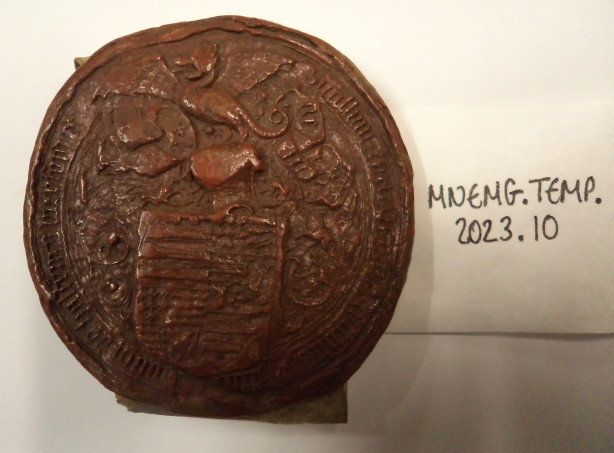
Moving to Tudors & Stuarts, the History Weekend will run from Friday 28 April to Sunday 30 April and the detailed schedule can be seen at https://www.canterbury.ac.uk/tudors-stuarts please do have a look because we would be delighted to welcome you (back) to Canterbury, a fantastic medieval and Tudor city in its own right!! Furthermore, this is a great way to support postgraduate research through the Ian Coulson Fund and among those we have helped are people whose research has been ground-breaking and others who have gone on to work for well-respected archaeological units, while among the latest recipients are those combining significant research with outreach activities for schools and other groups.
In addition to Amy Licence and Professors Maria Hayward, Richard Hoyle and Jessica Malay whose talks are in the Kings & Queens strand, we have under War & Politics two fascinating lectures. It is brilliant to be able to welcome back Professor Keith McLay who will shed new light on the fateful and momentous decision made by Bonnie Prince Charlie at Derby in 1745. Equally exciting and exceedingly topical, it will be great to see Dr Craig Lambert again who will be exploring English involvement in the Atlantic slave trade of the late 16th century. Moreover, keeping with this trans-Atlantic theme, we have two further lectures, one within the Social History strand and one under The Church (seeing this as religious history more broadly). Thus, under the former, we are delighted that Dr Ben Marsh will be joining us again, and this time he will be investigating a broad range of commodities, the usual and the unusual, that helped to drive British expansionism into the Atlantic World in the early period of empire-building under the Stuart monarchs. Then under the latter, we are grateful that Professor Alec Ryrie will be coming to Canterbury from Durham to share his extensive knowledge on religious history when he will focus on what he calls “a persistent Protestant missionary dimension” to the imperial projects under Elizabeth and her Stuart successors. For he believes this extends beyond religious history, offering some important truths about the nature of early modern society as a whole.
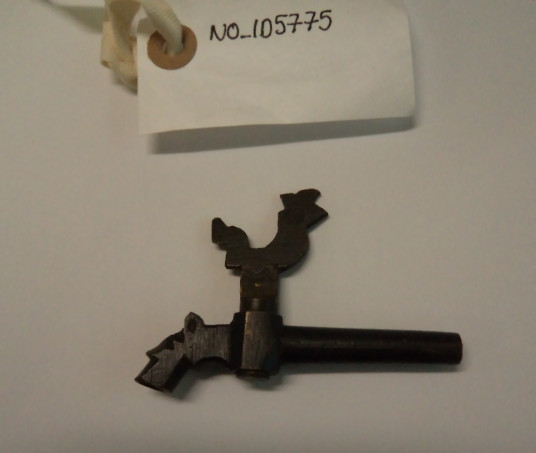
This year we have more exciting Social History topics, including Professor Steven Gunn who will discuss some of the hazards that led to the accidental deaths of ordinary people. These range from driving carts, playing football and attending church services and he will not only examine the characteristics of life in Kent, but explore how changes in technology, religion and society affected everyday life. Technology is important for Dr Elaine Leong, too, and, in her talk, she will explore early modern medicinal instruments and contemporary ideas about the body, while for those interested in food in different cultures, Dr Maria Diemling will examine how eating or avoiding certain kinds of food allowed Jews to maintain their identity. And keeping with the idea of cultural diversity, why not explore ‘Understanding England’s Past’ in the company of Dr Onyeka Nubia where he will examine critically evidence for diversity in English history and investigate ideas of English identity. For those interested in Art History, do join Imogen Corrigan when she assesses El Greco and his works. For as an artist, he was influenced by Renaissance greats such as Titian and Tintoretto, yet he developed his own distinctive style that makes his work instantly recognisable, and many are surprised to learn that he lived in the 16th/17th centuries and not modern times.
Moreover, these are only some of the riches on offer during the History Weekend, so please do explore the Weekend’s webpages and come and join us for a festival of history, as well as see Craig Dadds at the CCCU Bookstall.
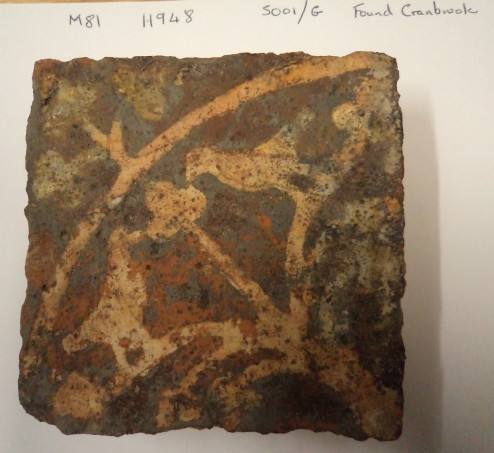
Moving forward in time again, very sadly due to illness Jane was unable to give her presentation to the Kent History Postgraduates and we were extremely grateful to Peter for stepping in at the last minute to give a presentation on the life of St Maksymillian Maria Kolbe OFM, whose extraordinary work, interests and martyr’s death offer links to 20th century Kent. As Pete said, due to his achievements it is amazing he is not far better known, both in his native Poland and further afield in Europe, although he is known among some communities in the United States and Japan.
Born in 1894 to devout Catholic parents, Rajmund’s father at the time being a poor weaver, the family’s fortunes began to improve when they moved to Pabianice. Nevertheless, life was tough for the young Rajmund, seen as high spirited, and following one incident when he was beaten and sent to the church to think on his sins, he had a vision of Our Lady which had a profound effect on him. His markedly improved behaviour and his intelligence were rewarded when the local doctor volunteered to teach him Latin and maths with the hope that he might later train for the priesthood.
His fortune improved even further in 1907 when he and his brother were offered places at the new Franciscan school and seminary in Lwow, which necessitated their travelling across Poland from Russian territory to Austrian territory. Rajmund was a model student and being exceedingly bright excelled in all subjects but especially theology. Interestingly, he was also keen on military strategy and had almost chosen that route when he and his brother had a visit from their mother, who explained that having sold everything, all the family were about to enter a religious life. This gave him no choice but to enter the priesthood, which he did in 1910.
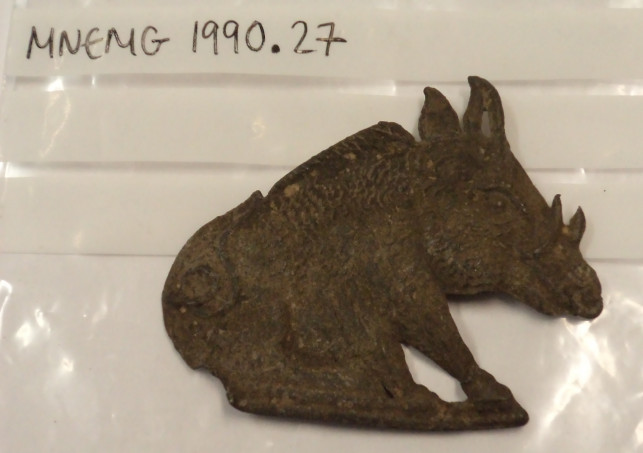
Taking his name from St Maximilian of Numidia and also trying to live up to the ideals of St Francis, were too much for the zealous young man, but his obvious brilliance was noticed and he was given the opportunity to continue his studies. This was firstly at Krakow and then in Rome, where he studied philosophy as well as with the Jesuits. This life of study continued through the war years and in 1919/20 he was awarded two doctorates – in philosophy and theology. However, his health was poor having suffered flu and TB and in an attempt to give him any chance of survival, he was sent to a sanitorium. His time there was not without controversy, but on returning to the monastery at Krakow he was again brimming with new ideas, especially his understanding of the value of mass communication through newspapers, and he started a Catholic newspaper called ‘The Knight of the Immaculate’. This disrupted the life of the monastery and was exceedingly costly, especially for an order wedded to poverty, but his project was saved by a donation from a visiting American friar and his purchase of a second-hand printing press. However, the very success of the venture, 5000 copies distributed monthly, that Maksymilian was transferred to the Grodno friary where he could be helped by willing friars and lay brothers.
Yet his venture was by now just too big again and having been given land outside Warsaw near the main railway line, he expanded even further building the largest friary in the world called Niepokalanow. Additionally, by 1930 ‘The Knight’ had reached a worldwide circulation of 750,000 copies, being distributed by train and plane! That year he visited Japan where he founded a friary at Nagasaki, and he also realised the potential of radio. However, trying to get permission to broadcast in Poland would be an uphill struggle. It was not until 1938 that the government agreed, but Maksymilian only managed two test broadcasts before the Nazi invasion of Poland.
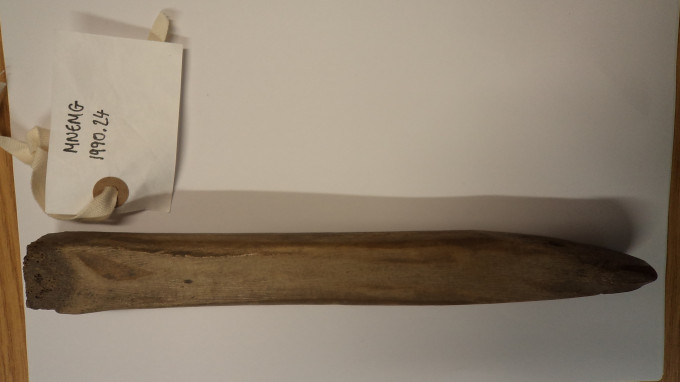
During the next couple of years, he was imprisoned, his friary was ransacked, and his publishing was prohibited, but he continued, the friary becoming a refuge for between one and two thousand Jewish refugees. Arrested for a second time in 1941, he soon found himself in Auschwitz. As Peter said “Maksymilian would translate his theological and spiritual insights into practical words and actions for his fellow inmates, by tangibly showing that these is God, and therefore, love and hope exist even amid horrific genocide in the camps of Auschwitz.” For he volunteered to take the place of one of those selected to be starved to death and, as the only survivor after two weeks, he aided the camp doctor who was to give him a lethal injection.
He was recognised by the Vatican in 1955 as a ‘Servant of God’, and declared venerable by Pope Paul VI in 1969 and beatified in 1971, being recognised as a saint by Pope John Paul II in 1982. He has been credited with several miracles and the final link to Canterbury is that he is commemorated at the cathedral, his feast day being 14 August.
Peter’s presentation draw several questions and comments, for people had not heard of Maksymilian and all agreed that it had been extremely interesting and he deserves to be better known. So thanks Pete and next week there will be a report on the ‘Translation: encounters with the sacred in objects and spaces’ conference, to be held on Saturday 25 February at Canterbury Cathedral Lodge – see the previous blog for details and how to book.
 Centre for Kent History and Heritage
Centre for Kent History and Heritage Sheila Sweetinburgh
Sheila Sweetinburgh 1324
1324

